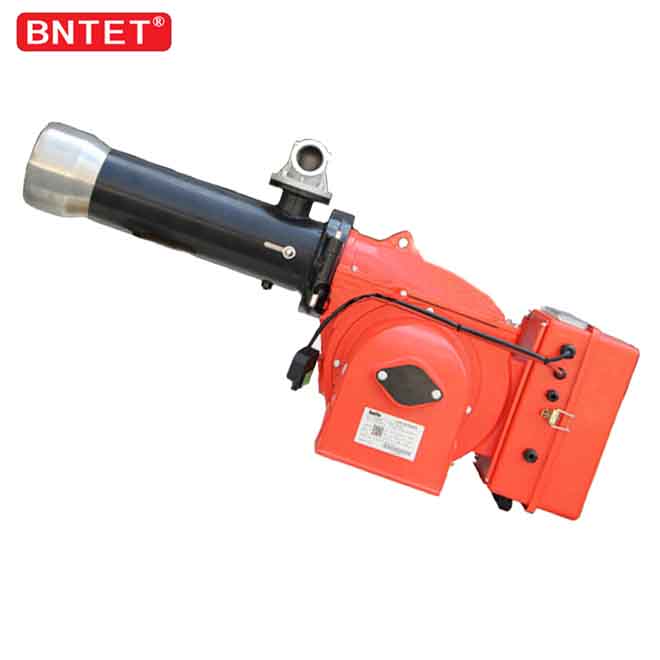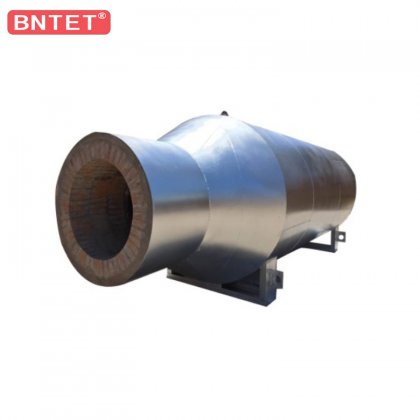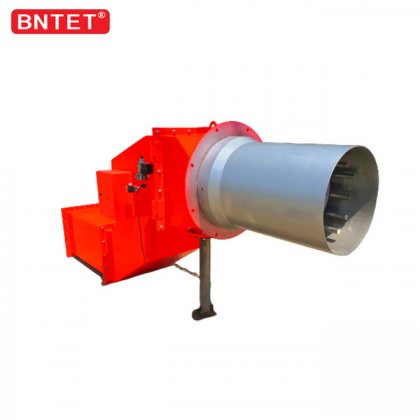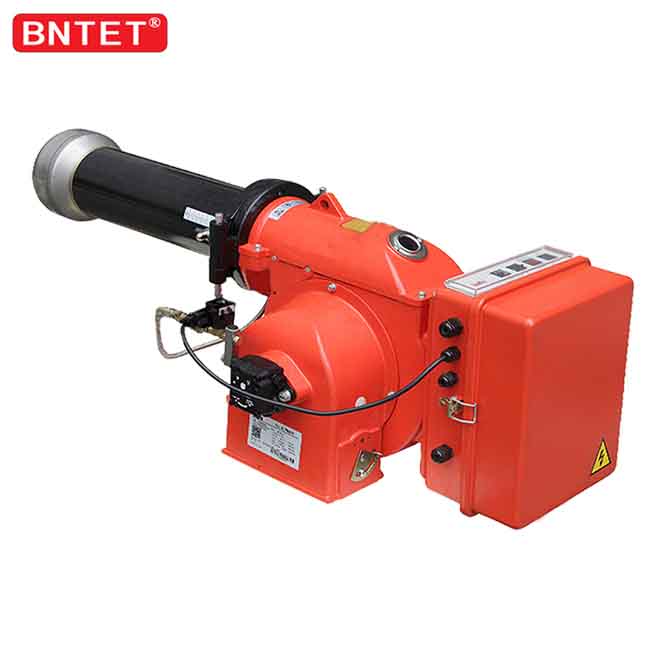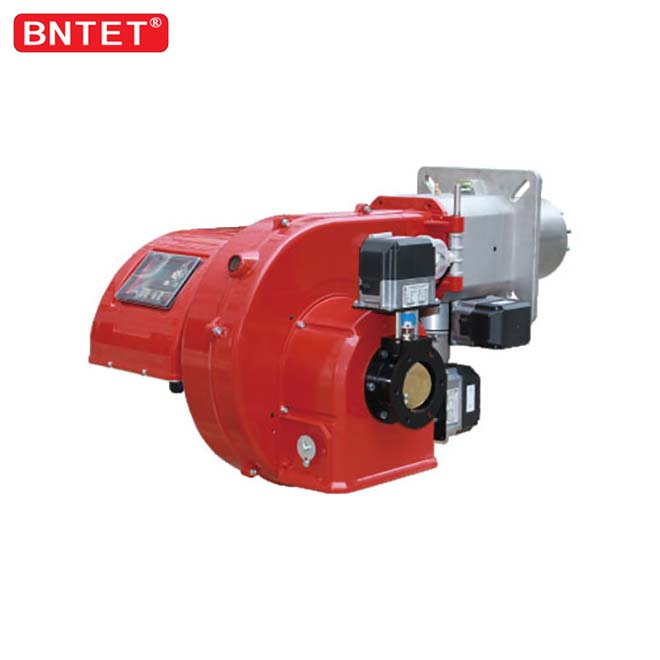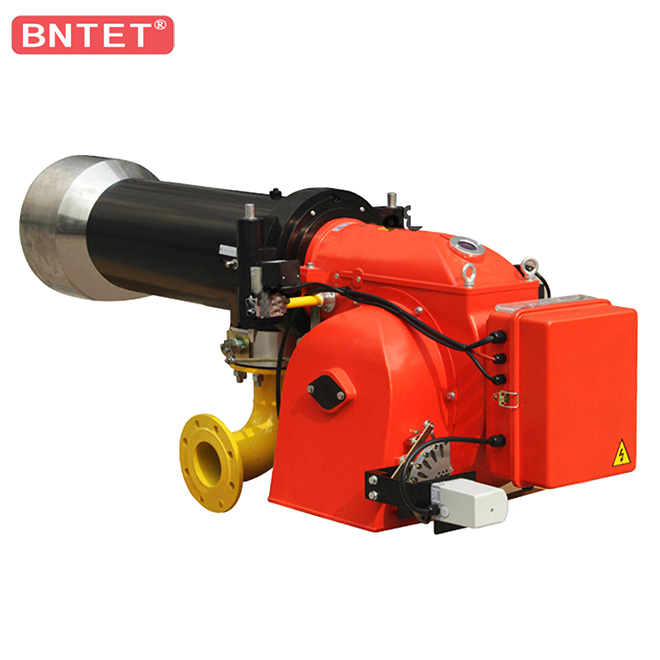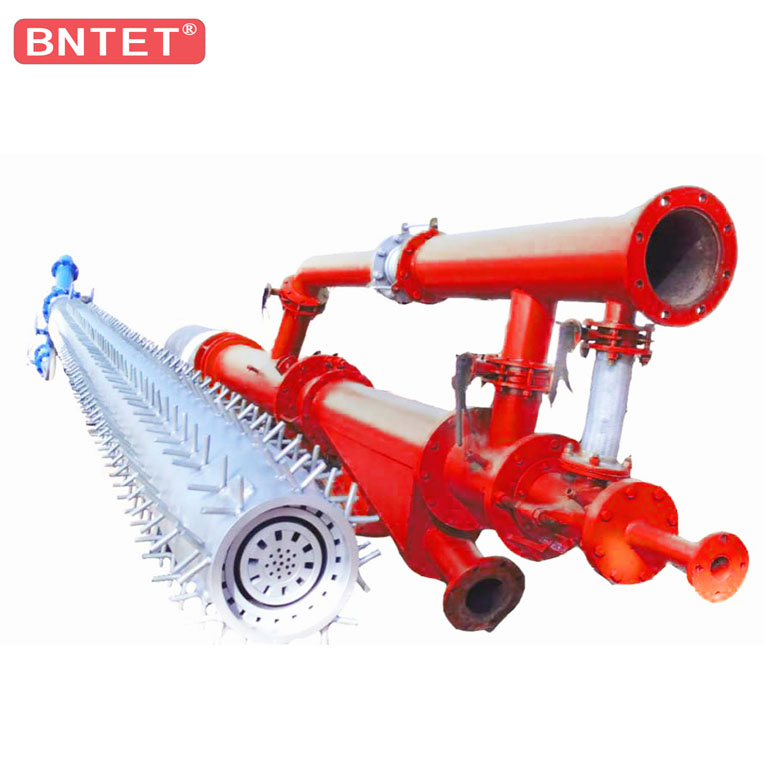How to maintain the combustion temperature of an oil-gas dual-purpose burner
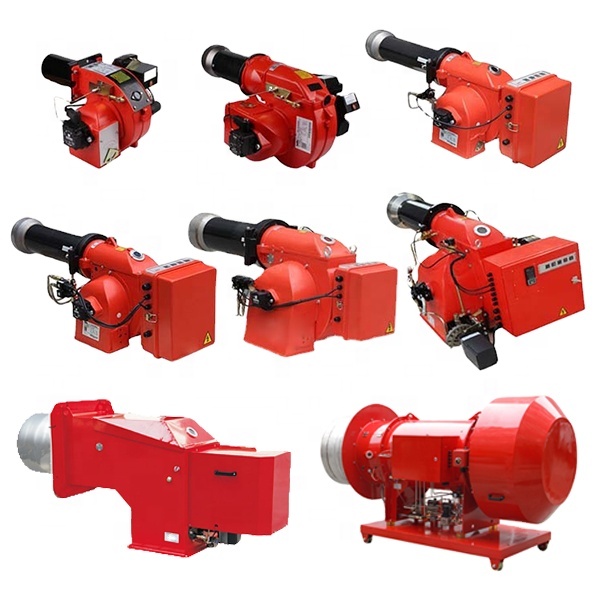
Oil and gas dual-purpose burners are the embodiment of modern combustion technology in the industrial combustion equipment industry. The injection speed of high-temperature combustion products at the outlet can reach 100m/s~300m/s. It has technical advantages such as energy saving and flame momentum controllable. The country has been widely used in various heating furnaces in steel, chemical, light industry and other industries.
The oil-gas dual-purpose burner consists of an oil nozzle and an air regulator. The oil nozzle is arranged on the axis of the air regulator, atomizes the oil into fine droplets, sprays it into the combustion chamber with a certain diffusion angle (also called the atomization angle), mixes with the air sent by the air regulator, and ignites. There are two main types of oil nozzles: pressure atomization and two-fluid atomization. The pressure atomized oil nozzle is composed of a splitter sheet, a swirling sheet and an atomizing sheet. The oil pressure is generally 2 to 3 MPa.
The oil produces high-speed rotating motion in the swirl plate, sprays out through the center hole, and breaks into fine droplets under the action of centrifugal force. The average diameter of the atomized oil droplets is below 100 microns. The two-fluid atomized oil nozzle uses steam or compressed air as the atomizing medium to accelerate the oil to break and atomize. The Y-type oil nozzle, which uses steam as the atomizing medium, is named because the steam channel and the oil channel form a Y-shaped oblique intersection. The oil and gas dual-purpose burner has the advantages of large load adjustment range and low steam consumption.
In order to achieve complete combustion of the oil-gas dual-purpose burner, the gas and air enter the combustion chamber through numerous nozzle holes. The gas jet and the air jet collide one by one and mix uniformly. The direction of the synthetic jet vector should be parallel to the main axis of the combustion chamber. The jet penetrates another jet, causing uneven mixing. In order to reduce the generation of NOx, partitioned combustion is adopted. The combustion temperature in the front zone is lower than the combustion temperature in the rear zone, and the combustion temperature at the exit of the combustion chamber is higher.
The front zone is oxygen-lean combustion, the rear zone increases oxygen supply, and the excess air coefficient α=1 at the exit of the combustion chamber. Such a design can not only distribute the air reasonably, ensure complete combustion, prevent the generation of CO, but also maintain a lower combustion temperature and reduce the generation of harmful gases NOx. Combustion chamber wall cooling The combustion chamber is full of high-temperature combustion products, and the metal chamber wall must be sufficiently cooled to work safely.
In the design, air is used to flow in the chamber outside the combustion chamber to absorb the heat conducted by the chamber wall to ensure that the chamber wall works within a safe temperature range. At the same time, preheating the air can promote complete combustion and increase the theoretical combustion temperature. In the local high temperature area of the nozzle of the combustion chamber, an air film is specially designed to protect the metal wall. Due to the above design, the service life of the oil and gas dual-purpose burner can reach 3 years.
